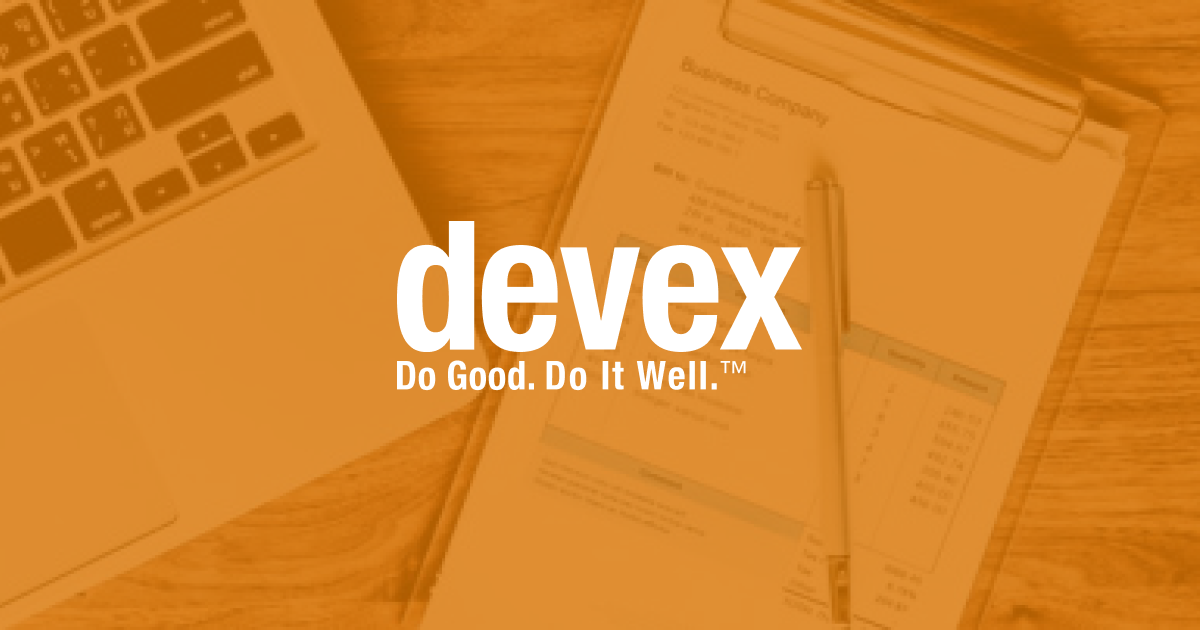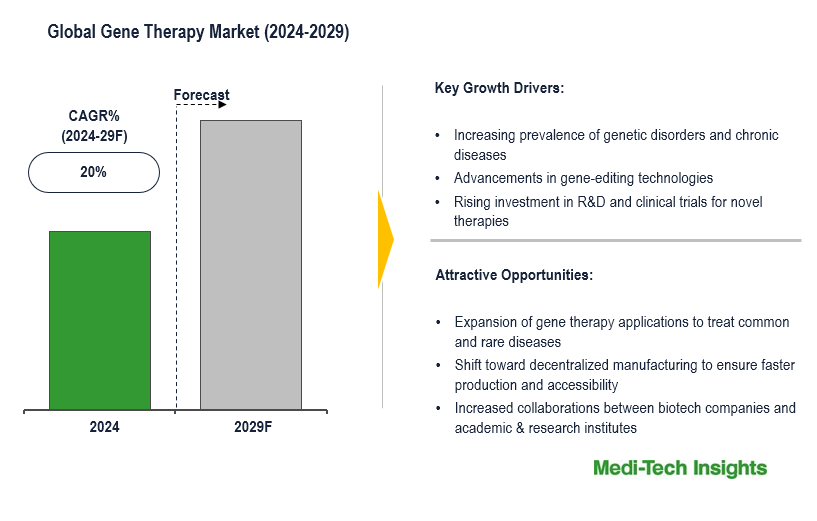Free KFC Bucket On Us: How to Redeem Your Free KFC Bucket Today

n an era of promo fatigue and brand skepticism, KFC’s free bucket wasn’t a gimmick—it was a trust ... More test disguised as dinner.
Kentucky Fried ChickenAfter years of inflation, promo fatigue, and shifting routines, consumers aren’t just deal-hunting—they’re searching for something that feels worth believing in again. On July 14, KFC delivered both: a free bucket and a seat at the table.
The chain’s one-day “Free Bucket On Us” promotion wasn’t a typical discount drop. It required no convoluted hoops—just $15 of chicken in your cart, a single click in the KFC Rewards app, and an Original Recipe® bucket appeared. Simple, even generous but more than that, it was a signal: an open invitation to test whether KFC’s long-running kitchen revamp could win back the public’s taste—and trust.
Today’s diners are harder to impress. They’ve watched the fast food cycle spin itself dizzy: new chicken drops, celebrity collabs, TikTok-triggered sellouts. Authenticity now lies not in fast food as spectacle, but in participation. The brands that stand out aren’t louder—they’re the ones willing to hand something over.
While the June Consumer Price Index showed food prices rising just 0.3%, the emotional burden hasn’t eased. [Link to your CPI article.]
Pandemic-era spikes didn’t just stretch wallets—they eroded confidence in value itself. Consumers may be buying again, but many remain wary. For KFC, the challenge wasn’t price—it was credibility.
That skepticism isn’t isolated. According to the 2025 Edelman Trust Barometer, more than half of global respondents say brands today are “less reliable” than they were five years ago, especially when it comes to promises around value and quality. In the food space, where brand memories often outlive brand performance, that gap between nostalgia and lived experience can make or break a comeback.
And so the free bucket wasn’t just a giveaway. It was a controlled experiment in agency. A way to let customers decide for themselves if the so-called comeback was more than rebranding. Because food isn’t just about cost or convenience—it’s about consistency, care, and the sense that someone’s listening.
KFC isn’t starting from scratch—it’s reshaping what a legacy brand can sound, taste, and feel like now. The return of Colonel Sanders, this time styled as a stern-faced “Chefpreneur” and paired with chef and influencer Matty Matheson, layers the old with a little something new. The campaign doesn’t rely solely on quaint retro charm—it's a move that pulls fans closer, positioning them not just as customers but as collaborators.
It’s a meaningful shift. For years, KFC drifted from the center of the cultural fast food map—eclipsed by Popeyes’ viral heat, Chick-fil-A’s fanbase devotion, and the churn of new sandwich wars. This comeback isn’t just culinary; it’s reputational. KFC isn’t asking to be noticed. It’s asking to be re-evaluated.
And the work didn’t start with the bucket. Behind the scenes, the brand spent months reworking its systems—from flavor calibration to in-store execution. Taste-test scores are reportedly up. Kitchen operations are tighter. Guest satisfaction, climbing. But internal improvements don’t build trust on their own—taste does.
So beyond the digital offer, KFC put its “proof on the plate” with new golden-fried pickles, trend-forward $7 Fill Ups, and the limited-run return of the Double Down in 2025. These aren’t just product pivots—they’re test points, each one an edible ask: Do you believe this version of us is better?
What KFC pulled off wasn’t a flash-in-the-pan promo. It created a feedback loop and a real-time flavor lab that asked eaters not just to show up, but to weigh in. In a market saturated with novelty and noise, this move cuts differently, not because it’s loud, but because it listens. Democratizing taste isn’t a gimmick. It’s a shift in power, and for a legacy brand hoping to earn back cultural relevance, it may be the most meaningful comeback move of all.
Recommended Articles
JPMorgan says the times are so good they may not last

Things have never been finer at JPMorgan.
Apple to buy rare earths from Pentagon-backed US producer MP | Stars and Stripes

A dump truck unloads raw ore at the MP Materials Corp. Mountain Pass mine in Mountain Pass, California. (Joe Buglewicz/B...
Consultancy to Support BDS in South Sudan | Devex

Background AGRA is a proudly African-led institution focused on scaling agricultural innovations that help smallholder f...
Lawmakers spar over 'transactional' US aid strategy | Devex

“I don’t want to be China. I don’t want to be Russia," Democratic Rep. Ami Bera told his Republican colleagues during a ...
Omnicom reports strong q2, takes a hit on operating costs amid IPG acquisition

Organic growth increases across all disciplines except PR, healthcare and branding and retail commerce.
Global Gene Therapy Market Set for 20% CAGR Growth Amid Rising Demand for Personalized Medicine by 2029

The global gene therapy market is projected to grow at a significant CAGR of 20% from 2024 to 2029. This growth is drive...
You may also like...
Diddy's Legal Troubles & Racketeering Trial

Music mogul Sean 'Diddy' Combs was acquitted of sex trafficking and racketeering charges but convicted on transportation...
Thomas Partey Faces Rape & Sexual Assault Charges

Former Arsenal midfielder Thomas Partey has been formally charged with multiple counts of rape and sexual assault by UK ...
Nigeria Universities Changes Admission Policies

JAMB has clarified its admission policies, rectifying a student's status, reiterating the necessity of its Central Admis...
Ghana's Economic Reforms & Gold Sector Initiatives

Ghana is undertaking a comprehensive economic overhaul with President John Dramani Mahama's 24-Hour Economy and Accelera...
WAFCON 2024 African Women's Football Tournament

The 2024 Women's Africa Cup of Nations opened with thrilling matches, seeing Nigeria's Super Falcons secure a dominant 3...
Emergence & Dynamics of Nigeria's ADC Coalition

A new opposition coalition, led by the African Democratic Congress (ADC), is emerging to challenge President Bola Ahmed ...
Demise of Olubadan of Ibadanland
Oba Owolabi Olakulehin, the 43rd Olubadan of Ibadanland, has died at 90, concluding a life of distinguished service in t...
Death of Nigerian Goalkeeping Legend Peter Rufai

Nigerian football mourns the death of legendary Super Eagles goalkeeper Peter Rufai, who passed away at 61. Known as 'Do...